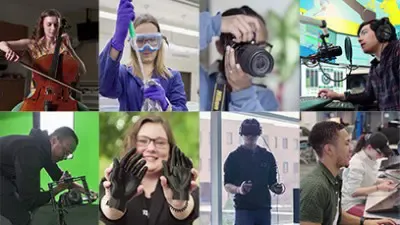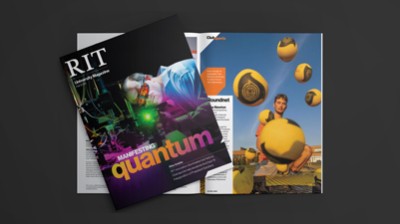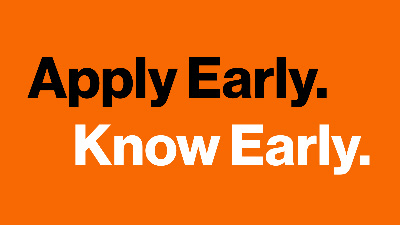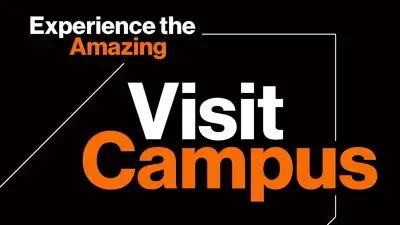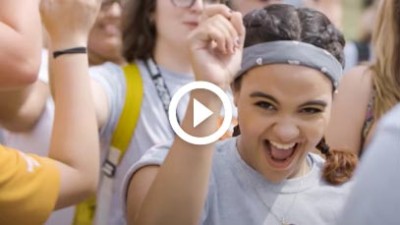Vertically Integrated Project
Digital Scholarship: Folklore and Booklore
- RIT/
- Vertically Integrated Projects/
- Digital Scholarship: Folklore and Booklore
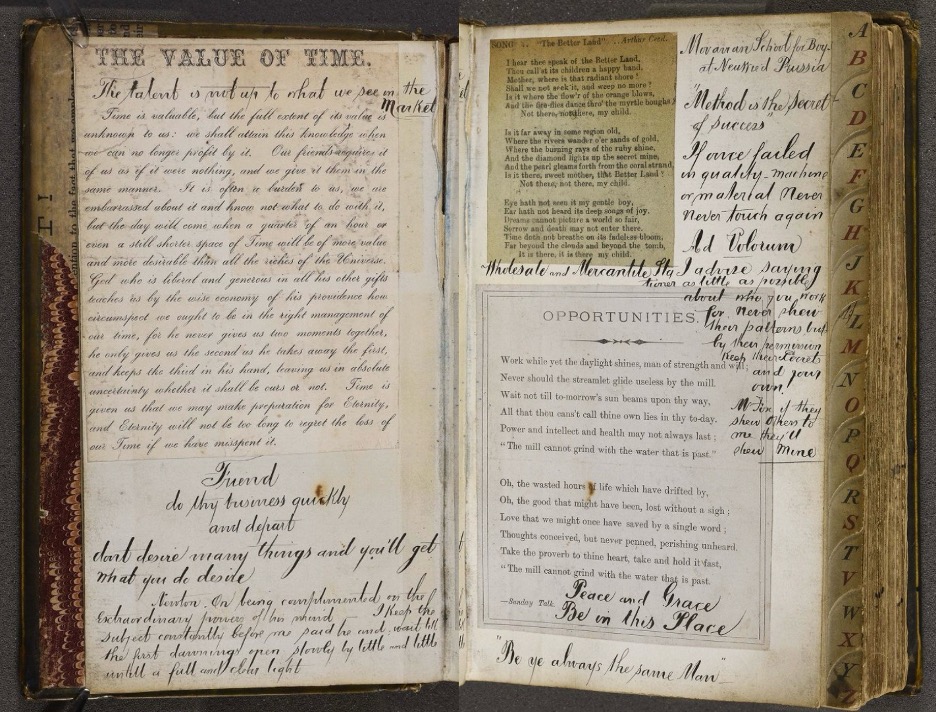
Goals
The William Townsend and Son collection is held in the Cary Graphic Arts Collection at the Rochester Institute of Technology. The Cary Collection houses hundreds of rich archives in print history and holds the former reference library of Bernard C. Middleton (1924-2019), a celebrated bookbinder and one of the foremost scholars of the history of bookbinding.
Using the Townsend Collection, we explore the historical and cultural significance of Sheffield’s medieval folk heritage, including Chaucer’s Sheffield thwittl and the Hall of Waltheof, as well as its 15th-century cutlery (knife-making) craft. The 400-page volume offers a wealth of evidence detailing historical information on late-nineteenth century Sheffield. A scholarly edition providing an archival study of this essential stationer’s firm will thus influence the greater fields of book history and book binding, economic history, and labor history. This project promises to recast the materiality of the book (the account book) within the materiality of metallurgy (steel forging).
Unlike traditional digital editions that primarily offer scanned facsimiles and transcriptions, this VIP (Vertically Integrated Project) will involve students, faculty, a digital scholarship librarian, and a special collections curator in developing platforms that feature interactive maps, multimedia components, critical and responsible AI-generated art, annotations, and glossaries with linked open data. It will situate book production and dissemination within the field of GeoHumanities, using a georeferenced map of Sheffield (a historical map overlay positioned with "real world" coordinates: NLS Maps) and mapping outputs. We plan to engage with resources like the Arts and Architecture Thesaurus, The Getty Research Institute, the Ligatus LoB (Language of Books) thesaurus, and the CERL (Consortium of European Research Libraries)
Issues Involved or Addressed
The series of five original manuscripts from the collection, "William Townsend and Sons ledgers and account books, 1885-1915." Volume 3 will serve as the basis for the first phase of this scholarly digital edition. The "Secrets for Making Account Books Durable and Sound" pages give directions for the use of a kettle stitch and the design of good bands. We know the volume provided such detail as pre-dating popular trade textbooks providing instruction for stationery binding. The Traveler’s Guide lists the organizations with active accounts. For example, famed Henry Bessemer (inventor of Bessemer steel) and the "big five" steel manufacturers—Charles Cammell, Edward Vickers and his sons, Thomas Firth and his sons, John Brown and Thomas Jessop. Numerous pages in the volume record the hours worked by employees on a daily and weekly basis and the cost of wages. For a ledger sheet shows that a Forwarder in 1883 worked 60 hours/week for 21 shillings/week and that a Forwarder in 1897 worked 51 hours/week for 32 shillings/week. To make sense of the financial data, we will rely on the documentation from active digital edition projects to represent arithmetic formulae.
Expanding beyond traditional scholarly digital editions, this course will encode the manuscript collection using XML (TEI) digital editing standards, ensuring long-term compatibility with global digital corpora. Additionally, the edition will integrate GIS mapping, linked open data, and responsible generative AI to provide a richer historical and contextual narrative.
Students will develop reusable, interoperable workflows that advance best practices in creating, presenting, and sustaining critically curated scholarly digital editions, particularly for idiosyncratic and overlooked texts. The project is particularly significant given RIT’s 250th anniversary and Mrs. Caroline Werner Gannett’s $600,000 to the 150th Anniversary Campaign.
Methods and Technologies
- Evaluate the archival resources—how will the corpus be best represented in alternative reading modalities?
- Apply appropriate methods for creating xml-TEI files for TEI processing via a TEI Model or Publisher or other e-edition support.
- Use digital project management tools for intermediary deliverables and iterations of interface presentation and publication.
- Design the representation of the collection, including images and media, and appropriate web components
- Use GIS mapping technologies with the manuscript’s Traveler’s Guide and entries in White's Gazetteer & General Directory of Sheffield (1871) to plot steelworks, general merchants, banks, railroads, and municipal utilities
- Use GIS mapping technologies with the manuscript’s Traveler’s Guide and entries in White's Gazetteer & General Directory of Sheffield (1871) to plot steelworks, general merchants, banks, railroads, and municipal utilities NLS Maps
- Create options for exploring the potential of linked open data and the semantic web via existing datasets at the Arts and Architecture Thesaurus, The Getty Research Institute Ligatus LoB thesaurus and CERL Thesaurus.
- Capture the calculations" not as yet easily captured through TEI conformant markup."
- Use GitHub for version control and documentation repository for long-term use and project sustainability
Academic Majors / Major Area of Interest
- All English Majors
- All computing majors (e.g. computer science, game design and development, data science, new media design)
- Anyone curious about book history, bibliographic or textual studies, or socio-cultural approaches to authorship, readership, and publication
- Anyone interested in exploring the use and publication of linked open data
Throughout the project we will consult with our off-site team particulry our long-time consultant Sarah Connell, the NULab for Digital Humanities and Computational Social Science at Northeastern University. The William Townsend project has been ongoing for nearly five years with support from outstanding undergraduate research assistants. We have presented the project at national and international conferences, often with student contributors.
